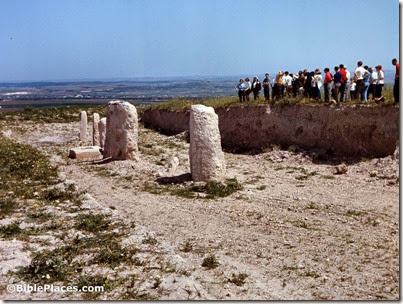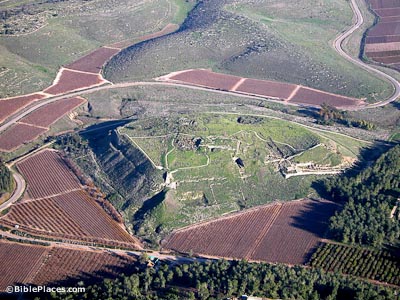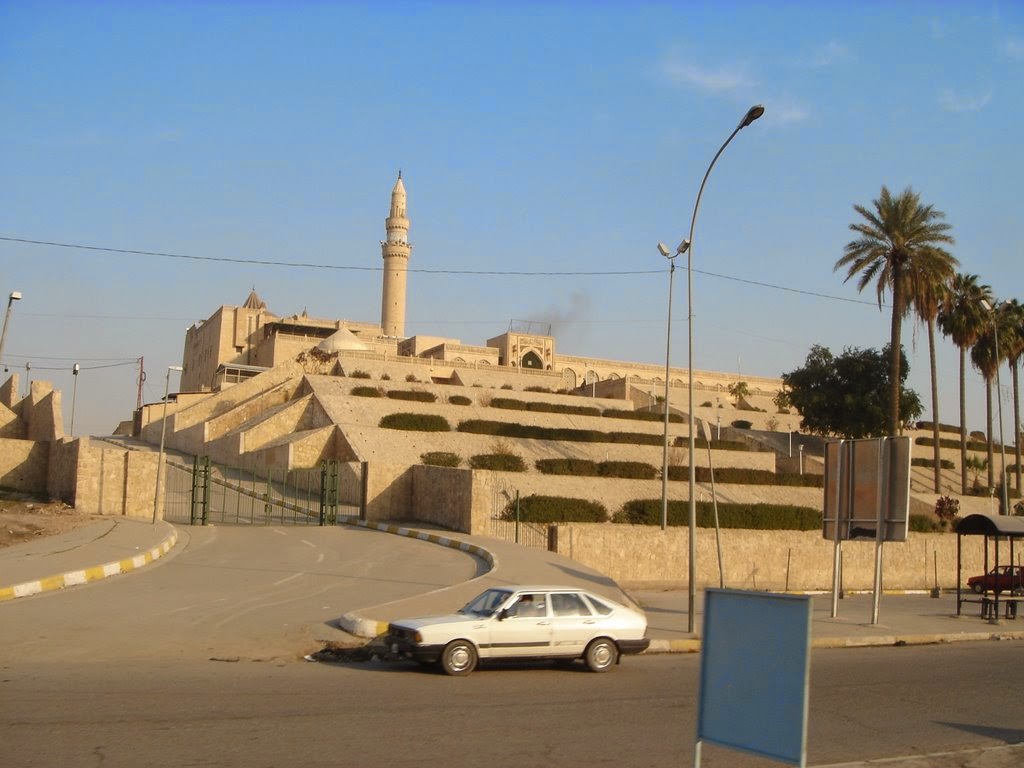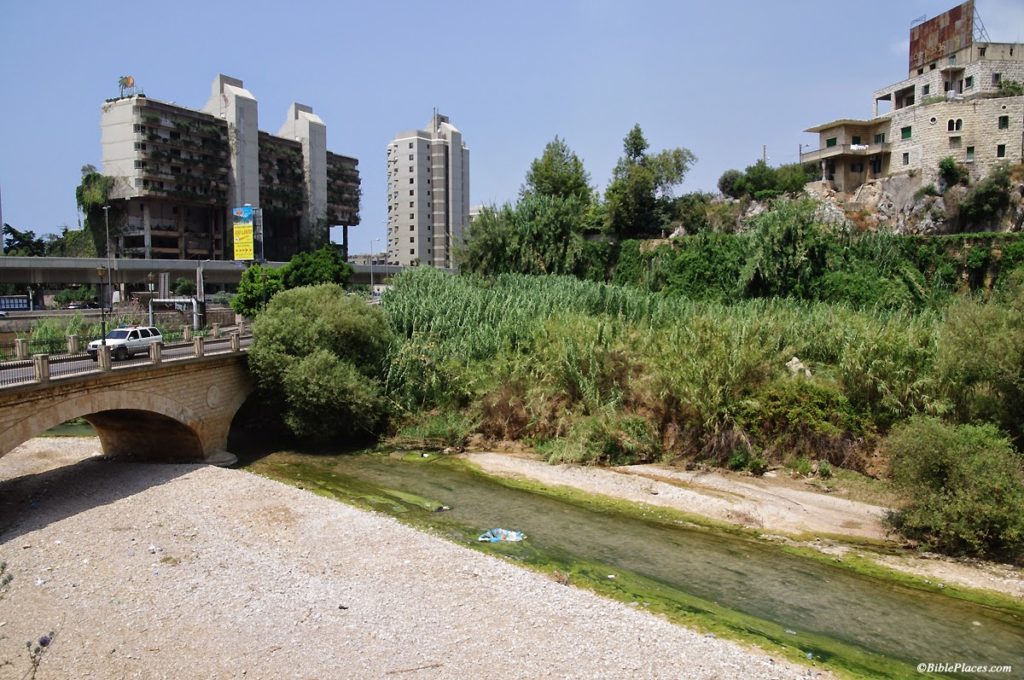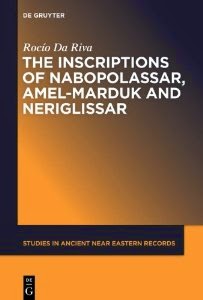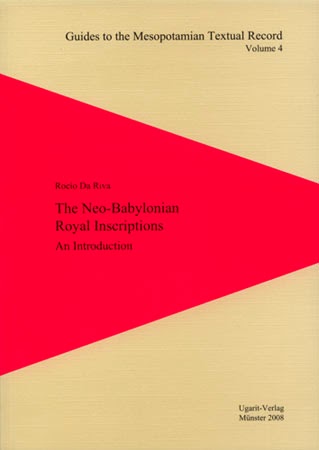The Baptist Press reports on this summer’s excavation at Gezer in light of the on-going conflict.
Tensions and conflict between Hamas and Israel — including Palestinian rocket-fire on Jerusalem and Tel Aviv and Israeli air strikes on Gaza — have escalated in recent days. But Southwestern Baptist Theological Seminary’s archaeological teams at Tel Gezer, located between Jerusalem and Tel Aviv, continue to work and unearth valuable historical data about the region.
“Fortunately, our excavation camp and where we work are in low-populated areas, out of the target range and strategy of the rockets coming from Gaza,” Steven Ortiz, professor of archaeology and biblical backgrounds at Southwestern Baptist Theological Seminary in Fort Worth, Texas, said.
“Our dig house just happens to be a bomb shelter, so we have gone to the dig house when we heard the air raid sirens, and it is also open to other guests of the hotel and community,” he said. “We are sensitive to all parties involved in the conflict, take every precaution and follow all directions from the Israeli government.”
The full article notes some of the recent progress, including this season’s excavation of a large building near the Solomonic gate.
Photo by David Bivin
